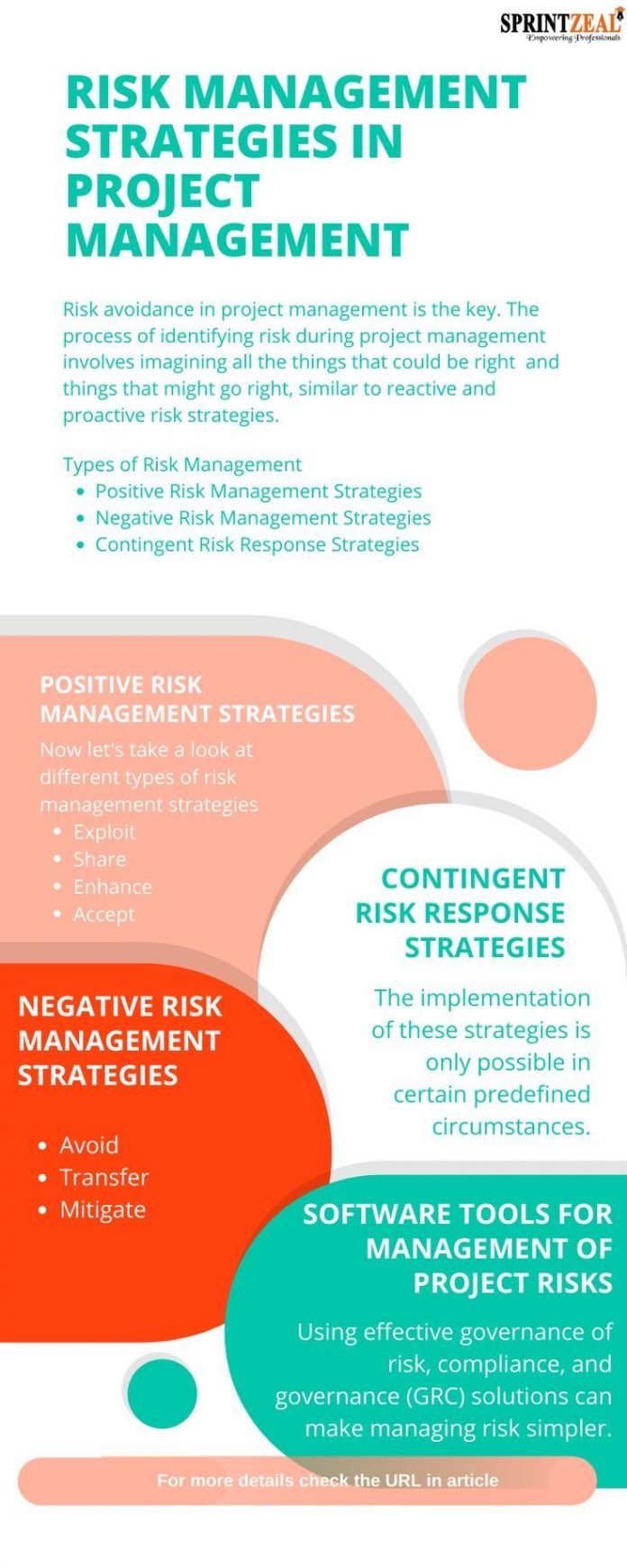Risk management is an essential process that helps organizations identify and manage potential risks that could impact their operations, finances, and reputation. With the increasing complexity of business operations, it is crucial to have a comprehensive risk management plan in place to minimize the negative impact of risk events. This guide aims to provide an overview of risk management and its key components.
Defining Risk Management
Risk management is the process of identifying, assessing, and prioritizing potential risks and implementing strategies to minimize their impact. It is an ongoing process that involves monitoring and re-evaluating risks as business operations change. The goal of risk management is to minimize the negative impact of risk events and maximize the positive outcomes of opportunities.
Understanding Risk Types
Risks can be broadly categorized into two categories: pure risks and speculative risks. Pure risks are events that can only result in a loss or no change, such as natural disasters or theft. Speculative risks are events that can result in either a gain or a loss, such as investments or new product launches.
Identifying Risks
The first step in risk management is to identify potential risks. This can be done through a variety of methods, including brainstorming sessions, focus groups, and surveys. It is essential to involve employees, customers, and stakeholders in the risk identification process to ensure that all potential risks are identified.
Assessing Risks
Once potential risks have been identified, the next step is to assess their likelihood and impact. This information is used to prioritize risks and determine which ones require the most attention. Factors such as the probability of a risk event occurring, the impact it would have on the organization, and the ability to manage or mitigate the risk should be considered when assessing risks.
Developing Strategies to Mitigate Risks Management
Once risks have been assessed, strategies can be developed to minimize their impact. Risk mitigation strategies can include transferring the risk to another party, such as through insurance or contracts, reducing the likelihood of the risk event occurring, or developing contingency plans to respond to the risk event if it does occur.
Monitoring and Evaluating Risks
Risk management is an ongoing process and requires regular monitoring and evaluation. This involves reviewing and updating risk assessments, reassessing the effectiveness of risk mitigation strategies, and implementing new strategies as needed. Organizations should also review their risk management plan in response to changes in the business environment, such as new regulations or technological advancements.
Documenting Risk Management Processes
It is important to document the risk management process, including risk assessments, risk mitigation strategies, and monitoring and evaluation activities. This documentation provides a record of the organization’s risk management activities and helps to ensure that the risk management plan is consistent and comprehensive.
Importance of Communication in Risk Management
Effective communication is a key component of successful risk management. Organizations should establish clear lines of communication with employees, customers, and stakeholders to ensure that everyone is aware of the risk management plan and understands their role in implementing it. Regular updates on risk management activities and the status of risk mitigation strategies can also help to build trust and support for the risk management plan.
You might find these FREE courses useful:
- Risk Management in Personal Finance
- Maturing Risk Management
- Implementing a Risk Management Framework
- Investment Risk Management
- Introduction to Risk Management
Conclusion
Risk management is an essential process that helps organizations identify and manage potential risks that could impact their operations, finances, and reputation. By understanding the types of risks, identifying potential risks, assessing their likelihood and impact, developing strategies to mitigate risks, monitoring and evaluating risks, documenting risk management processes





